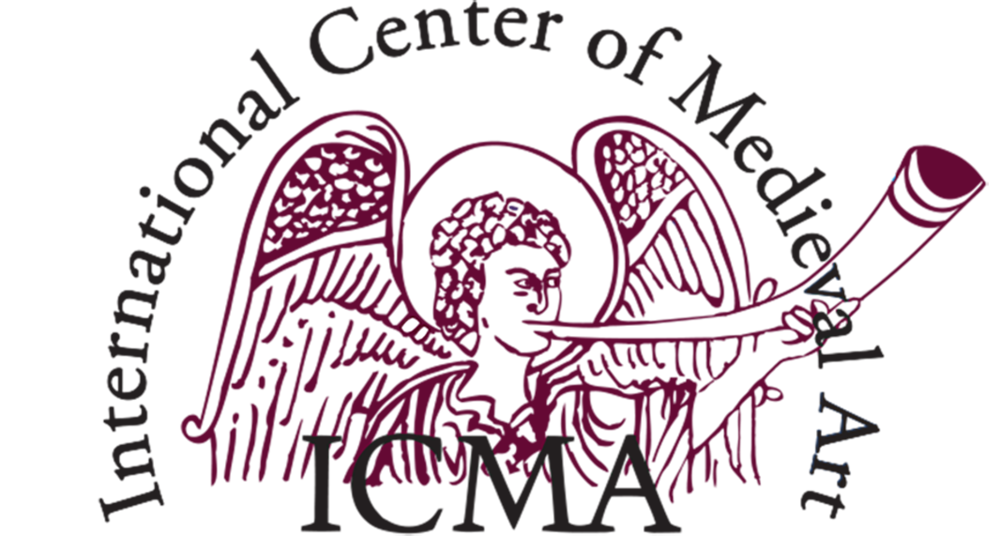Call for Papers
Visualizing Drugs & Dyes. Art and Pharmacology in (Early) Medieval Worlds (600 – 1400)
International Conference, Basel, 4-6 September 2023
Abstracts Due 2 April 2023
BnF. Département des Manuscrits. Latin 6862, fol. 24r
Plants have long shaped the material practice and imagination of pharmacy. Far more than animals or minerals, plants and their products were central to medicine in premodern epistemologies. Over centuries, images and imaginings of vegetal materia medica played a profound role in human conceptions of and interactions with the natural world. In many ways, they continue to do so. Conversely, the therapeutic efficacy of plants and their products impacted broader visual and material cultures and practices. Thus, premodern pharmacological techniques interacted with the practices of image-making, artistic processes, and art.
Notwithstanding this close, underlying relationship between art and pharmacology in surviving medieval texts on healing and pharmacy produced between the 7th- 14th century, visualizations of medical substances have not yet sufficiently been the focus of art historical studies. Images of plants and their pigments and dyes, invite further investigations into their epistemic status as well as their therapeutic, and mimetic capacities. What forms of knowledge do these images, materials, and substances provide? What audiences do they address? How can they be situated, between the practices and interests of scribes/painters, scholars, nuns and monks, physicians, apothecaries, gardeners, rhizotomes, and also readers – while taking into consideration the changing status of these human actors across society, gender, time, and space? What can such images, materials, and substances tell us about the interconnections between human and vegetal worlds? What role do colors, pigments and dyes, scent or the incorporation of prayers and charms play in the creation of images of healing? Moreover, how does medicinal, pharmacological or toxicological, plant-related knowledge circulate across vast (plant) geographies? The conference wants to connect the representations of simplicia such as ginger, plantain, pennyroyal, saffron, artemisia, liquorice, or strawberry from cities, rural communities, courts, and religious congregations in the Indo-Pacific, the so-called Levant, the Black Sea, the Mediterranean, and the Medieval West.
Visualizing Drugs & Dyes seeks a dialogue among scholars engaged in the history of science, literary studies, history of medicine, art history, and the burgeoning field of plant studies and related disciplines. We welcome papers from all geographical regions, within a premodern, medieval timeframe. We are particularly interested in studies focused on before 1200. We invite contributions which might relate, but are not be limited, to the following topics:
• Pharmacological geographies in early medieval worlds
• Circulation of materia medica and economic history
• Drugs & dyes and transmitting knowledge
• Color and medicine
• Taxonomies
• Drugs & dyes in poetry and literature
• Nomenclature and translations
• The aesthetics of plants and of medicinal substances
• Painting/writing and healing
• Mimesis in medical practice
• Interconnections between human and vegetal worlds
Abstracts for 30-minute papers (max 2000 characters including spaces), together with a brief biography (max 1500 characters including spaces) should be submitted to: Theresa Holler (theresa.holler@unibas.ch). Travel expenses (up to 400CHF) and accommodation costs will be covered. The event will by hybrid and we accept online participation, please indicate whether you wish to attend remotely.
Abstracts’ language accepted: English, German, Italian, French, Spanish
For a PDF of the Call for Papers, click here.

